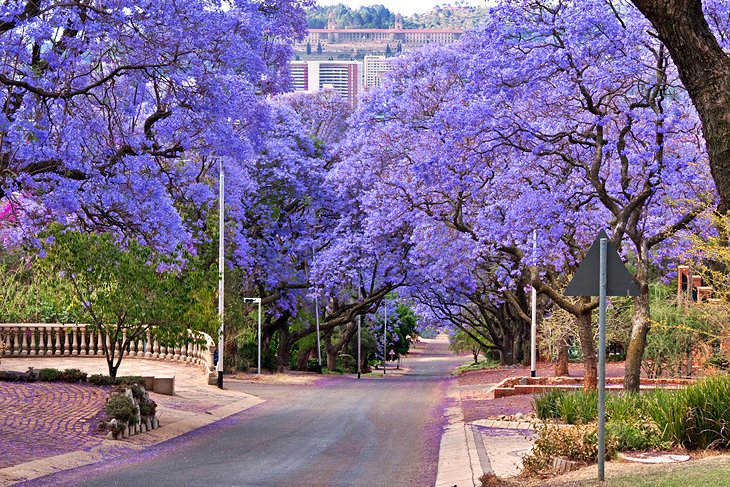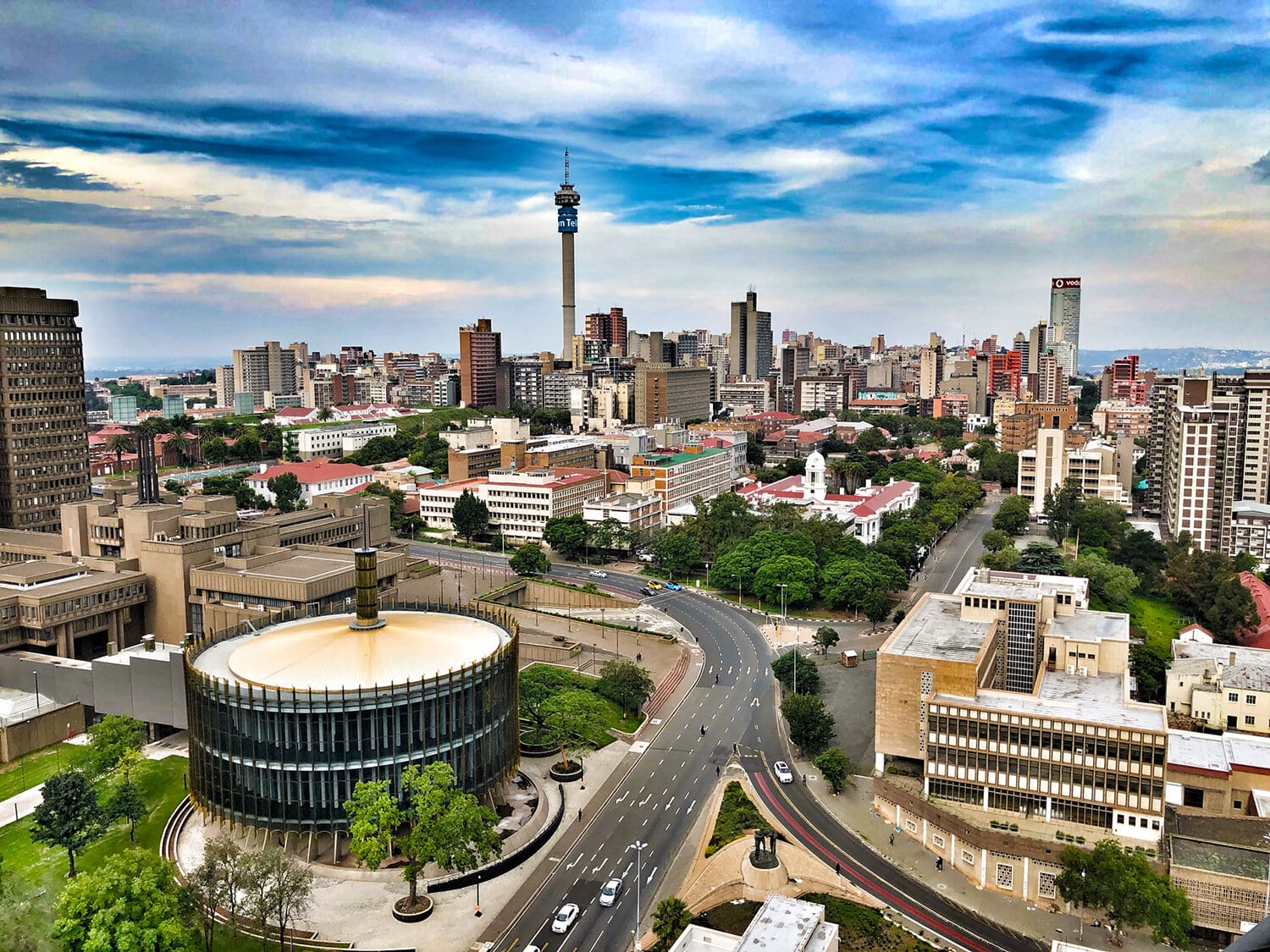Our Johannesburg North Attractions Statements
Our Johannesburg North Attractions Statements
Blog Article
See This Report about Johannesburg North Attractions
Table of ContentsGetting The Johannesburg North Attractions To WorkJohannesburg North Attractions for DummiesNot known Factual Statements About Johannesburg North Attractions Getting The Johannesburg North Attractions To WorkSome Ideas on Johannesburg North Attractions You Need To KnowIndicators on Johannesburg North Attractions You Need To KnowThe smart Trick of Johannesburg North Attractions That Nobody is Discussing
You need to keep protection in mind and travelers should stay alert at all times when in unknown environments. Talk with the locals when you are in town to discover the location you are remaining in. Johannesburg North attractions. When on the street (this doesn't relate to buying malls and other safe environments) best basic recommendations is to attempt your ideal to appear like a neighborhood and to stay clear of showing any kind of form of wealth
Getting My Johannesburg North Attractions To Work
Teacher Revil Mason O. J. (Thomson, 1946) discovered the Witwatersrand's pre-colonial history. His historical job took off the 'em pty land' myth, according to which the region was without human habitation prior to the arrival of European settlers. In his magazines Prehistory of the Transvaal: A Record of Human Task (1962) and Beginnings of Black People of Johannesburg and the Southern Western Central Transvaal AD 3501880 (1986 ), Professor Mason showed the degree of social and economic development in the area prior to Europeans set foot below.

Not known Facts About Johannesburg North Attractions
In 1878, David Wardrop found gold in quartz capillaries at Zwartkop, north of Krugersdorp. In 1881, Stephanus Minnaar came across gold on the ranch Kromdraai, near the Cradle of Mankind.
In March 1886, a protrusion (soon to be called the Main Reef) was discovered, rather fortuitously, on Gerhardus Oosthuizen's farm Langlaagte. Some claim that the Lancastrian coal miner George Walker discovered this reef. An additional travelling English prospector, George Harrison (that had previously operated in Australian mines) obtained a prospecting permit in regard of Langlaagte in Might 1886.
He chose to go on in a pursuit for greener pastures, and disposed of his Langlaagte insurance claim for the princely sum of 10. Alas: beneath lay the wealthiest goldfield ever found. The discovery of this rich auriferous coral reef provoked a gold thrill that indicated the end of agrarian tranquillity in the southerly Transvaal.
It would, within six years, come to be the largest community in southern Africa. Within a years, it would certainly make the Z. A. R. until after that an anarchical and bankrupt little state the richest nation in Africa. By the turn of the century, the Z. A. R. was to exceed Russia, Australia and the USA of America to become the globe's leading gold manufacturer, creating greater than a quarter of the globe's gold.
Johannesburg North Attractions Can Be Fun For Anyone
It was referred to as Ferreira's Camp, named after Colonel Ignatius Ferreira. He was a Boer traveler upon whom the British authorities had presented the condition of Companion of the Most Distinguished Order of St Michael and St George (entitling him to the post-nominal letters C. M. G.) in gratefulness for his role in the battle that had actually deposed the Pedi king Sekhukhune in 1879.
Quickly the camp was including tents and wagons as beginners arrived daily from much and wide. By September 1886, some 400 individuals resided in Ferreira's Camp, which quickly boasted erected iron and lumber buildings. 2 other camps were established: Meyer's Camp on the ranch Doornfontein, and Paarl Camp. The latter was nicknamed Afrikander Camp; many individuals from the Cape Colony cleared up there.

How Johannesburg North Attractions can Save You Time, Stress, and Money.
This name got money by word of mouth, such that the State Assistant affirmed the name to the Mining Commissioner on 9 October 1886. Stands in the town were auctioned on 8 December 1886. While some stands were sold for 10, others were torn down for as little as sixpence.
Two years later on, these erven were to transform hands for as long as 750 each. The tented camps diminished as a dorp of corrugated iron structures developed have a peek at these guys and increased north of the mines located along the Key Reef Roadway. Areas such as Jeppe's Community (where working-class immigrants erected their houses) and Doornfontein (where the upscale brand-new 'Randlords' began to construct their opulent homes) were quickly included to the ever-expanding map of the community.
Johannesburg North Attractions - Questions
In addition to the road names, there were no signs of Johannesburg being located in a Dutch-speaking nation. Years later, C. W. Kearns O. J. (one of the very first click to read children enrolled at St John's College in 1898) would remember: 'A weird reality about Johannesburg was that, although it was in the [Boer Republic], almost everybody talked English and also the Federal government slaves addressed one in English, unless they were first addressed in the Taal (or Low Dutch)'.
Thus, Britain had an interest in ensuring optimum conditions for gold production on the Witwatersrand, and that the gold was exported to London as opposed to Berlin an imperative rendered all the a lot more clamant by the Z. A. R - Johannesburg North attractions.'s raising toenadering with Germany. Mine proprietors got on a clash with Head of state Kruger, whose policy of monopolistic giving ins (usually provided to his cronies) stopped mining business from obtaining products of materials (especially dynamite) and work by themselves, less expensive terms
The Definitive Guide for Johannesburg North Attractions
In 1890, the Volksraad had restricted the franchise business to white guys who had stayed in the Z. A. R. for fourteen years or longer, hence disqualifying many of the immigrants (that occurred to be the significant contributors to the fiscus). Nevertheless, frustration for the vote was a simple pretense for promoting a different program; a lot of uitlanders concerned themselves as momentary site visitors and had his response no intent of remaining in the Z.
Report this page